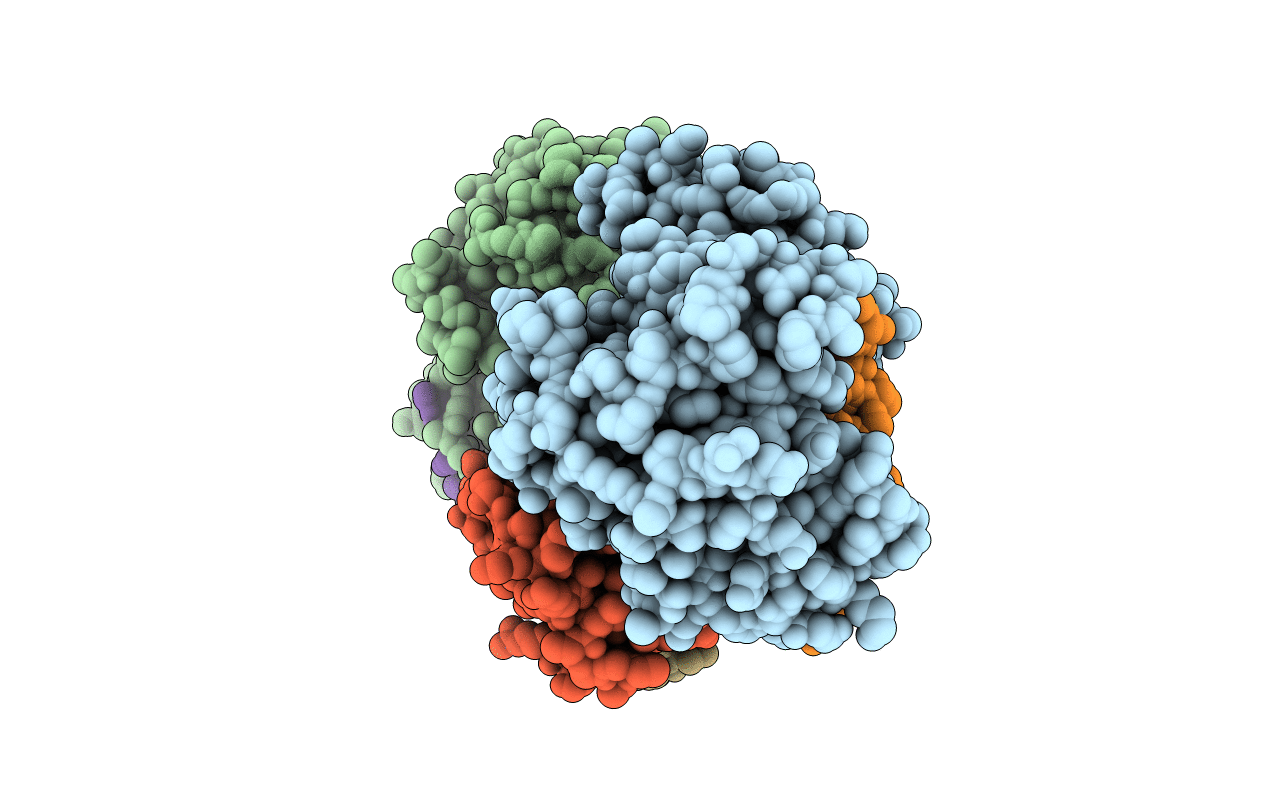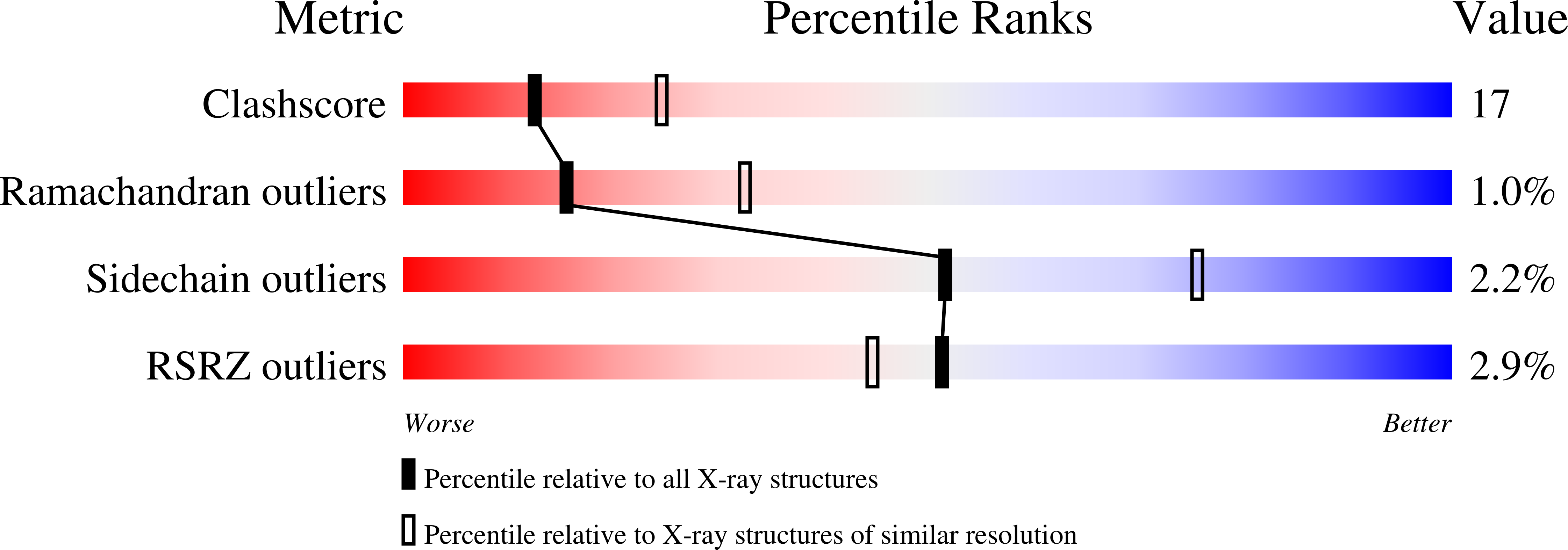
Deposition Date
2003-12-06
Release Date
2003-12-30
Last Version Date
2024-10-09
Entry Detail
PDB ID:
1RQQ
Keywords:
Title:
Crystal Structure of the Insulin Receptor Kinase in Complex with the SH2 Domain of APS
Biological Source:
Source Organism:
Homo sapiens (Taxon ID: 9606)
Rattus norvegicus (Taxon ID: 10116)
Rattus norvegicus (Taxon ID: 10116)
Host Organism:
Method Details:
Experimental Method:
Resolution:
2.60 Å
R-Value Free:
0.27
R-Value Work:
0.22
R-Value Observed:
0.22
Space Group:
P 21 21 21


